HOME > Basketball
Rockets Uduka coach s tactics to defend the Warriors: double towers, regional joint defense cooperates with one-point guards and four-point defenses
12:21pm, 12 May 2025【Basketball】
Houston Rockets lost to the Golden State Warriors in the tiebreak battle and said goodbye to the season.
The reason for the Rockets' loss is that their offensive system is poor and their star quality is insufficient, but the Rockets' defense is very tough. It is this defensive system that drags the Warriors into the quagmire.
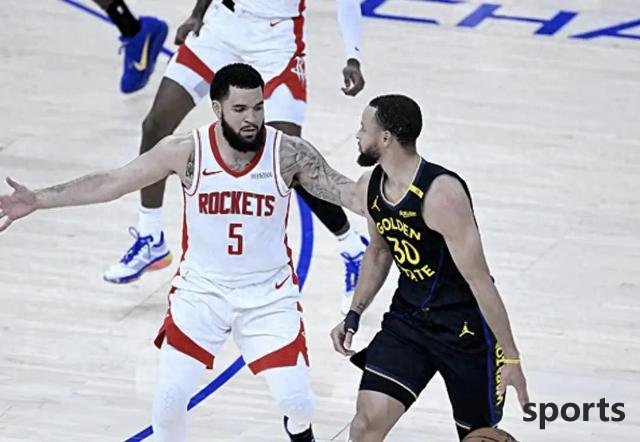
The Rockets' defensive system is three-dimensional and complex, with many changes, reflecting Uduka's first-class defensive level. Even Curry, the Warriors star, was defended by G4 and G5 and only scored 17 or 13 points. After the G6 game, when talking about the Rockets' adoption of regional joint defense combined with the principle of "one-point four-way" (box-and-one) to defend Curry, Rockets coach Uduka said: "When we start using a larger lineup, this is necessary. Our communication in regional joint defense is even better than when people-pointed to defend. Nowadays, no teams will use a double tower lineup, and we like the role of this lineup."
Uduka reveals the tricks of the Rockets defending the Warriors:
1. Double towers:
From the rotation order of the figure below G6, Uduka reused Adams and formed a double tower with Shin Kyung, which increased the height of the team and imposed body size suppression on small-sized teams like the Warriors.
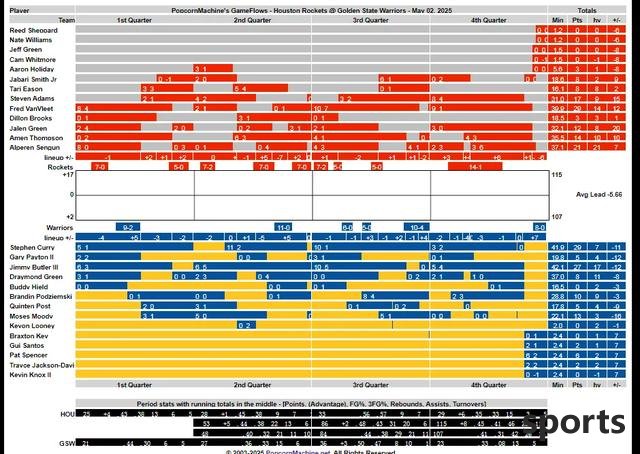
Uduka liked to use double towers during his time in Celtic. His double towers were not as clumsy as other teams' double towers. He guarded the penalty area to protect the basket and protected the rebounds. He could still pull out to replace defense if necessary.
The Rockets' Twin Towers also did it, and Shin Kyung and Adams can really achieve unlimited defense replacements when necessary.
Can you imagine that Ku's shot 1 against Adams in 3? Yes, the animation below is an example. Adams was able to block Curry's shot, and his mobility was seriously underestimated.
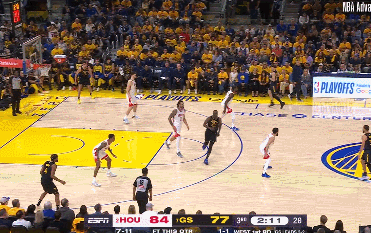
The Warriors who like small lineups are suppressed by their size, and coupled with Smith Jr.'s "Three Horror Highs", the height on the field is even more terrifying.
Of course, Cole was not built either. G7 increased Rooney's time, reduced Post's playing time, and increased the height on the field to match the Rockets' double towers.
This on-the-spot change reflects the style of 15 famous coaches. In contrast, the Lakers coach who only uses one solution and is unresponsive...
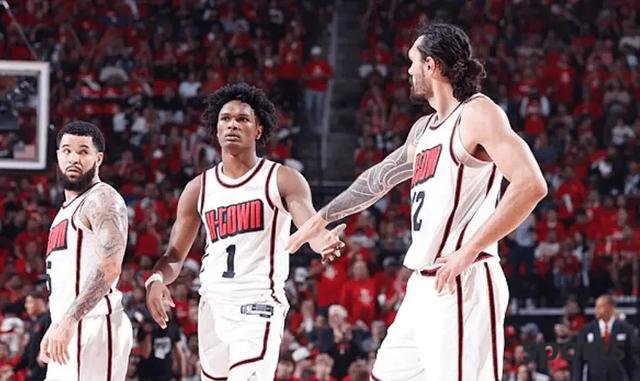
2. Pinning Curry
A historical three-pointer like Curry must be subjected to high-pressure pinch. This is probably the bloody and tears lesson Uduka has learned from the 22 season.
So even though Uduka likes to switch defenses indefinitely, he still obediently attacks Curry when facing the Warriors, especially pushing Curry to the sideline to prevent him, causing a mistake or a blacksmith.
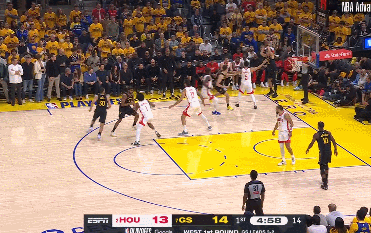
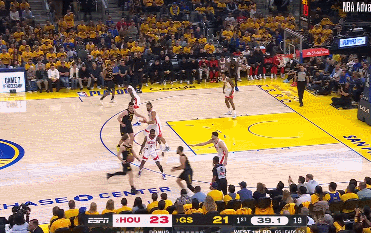
This also makes teammates unable to make a shot in the gambling warehouse.
Of course, this kind of defense has the risk of Kuri teammates breaking out, which is what Uduka needs to bear. The G7 Hilde explosion caused loopholes in Uduka's defensive system, and the Rockets eventually lost.
Uduka has good levels of pinch attack and many changes. It can also quickly switch to pinch attack based on regional joint defense or one-four joints.
This Lakers coach who is obsessed with infinite defense switching is too clever.
3. Regional joint defense
In recent games, Uduka reused Adams and circulated the regional joint defense around it as the defensive axis.
Regional joint defense and man-to-man are the two major defensive formations of basketball. Regional joint defense is when the defense is in place. Each team member is responsible for defending a certain area and strictly defending the ball and offensive players entering the area.
Regional joint defense can force the ball to the periphery to protect the penalty area. Regional joint defense includes 2-1-2, 1-2-2, 2-3, 3-2, 1-3-1 regional joint defense and counter-level joint defense.
NBA, regional joint defense is often used in three scenarios:
1. The team is not in shape, and the team's strength is used to make up for the lack of height.
2. The team has players who have poor defense ability, so hide it with team strength.
3. The team has a large inside line and use joint defense to maximize its defense ability to protect the basket.
Obviously, the Rockets belong to the third type.
Of course, the joint defense is afraid of three-point explosions. When the Warriors fail to make a shot, the Rockets' chance comes.
For example, the Warriors' G6's three-point shooting percentage was only 30.6%, while Curry's teammates' three-point shooting percentage was only 27.3%, which allowed the Rockets to play in the joint defense.
G7 Hield's explosive spell caught Uduka off guard, and G7 lost in the end. The axis of the Rockets' joint defense is Adams, who always defends 2-3 joint defense.
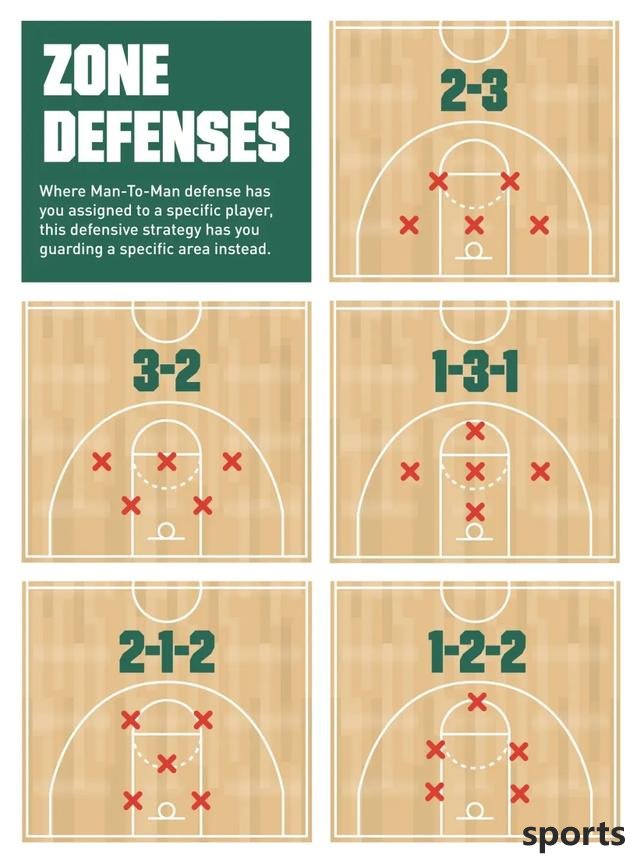
When the Warriors failed to score three-pointers and wanted to score through the inside, the joint defense curled the Warriors' attack rim, such as the G6, where the Warriors scored only 32 points in the inside (the Rockets were 42 points); in addition, the joint defense also protected the rebounds, such as the G6 rear court Rockets scored 35 backboards (the Warriors only 29).
Because the Rockets have many strong defense players and strong confrontations, they also make timely defenses at the same time, which destroys the Warriors' passes and cuts, and the internal and external connections were destroyed. For example, the G6 caused the Warriors to make 16 mistakes, and scored 22 points using the mistakes (the Rockets themselves 11, and the Warriors scored 12 points using the mistakes).
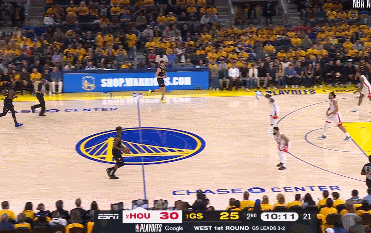
Of course, facing a top three-pointer like Curry, relying solely on joint defense is extremely risky, so based on the joint defense foundation, the Rockets can quickly switch to people-to-peer, attack, and focus on four-pieces.
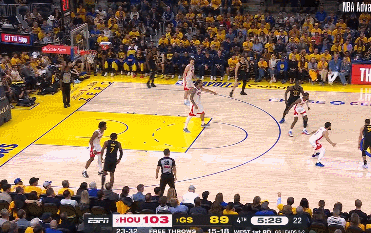
4. One-pointed four-pointed four-pointed four-pointed one-pointed four-pointed one-pointed four-pointed was the ultimate move to defeat the Warriors in the finals during coaching the Raptors in 2019. Uduka is also using this trick.
One-pointing four-way match is to use one person to guard the opponent's strongest scorer (Curry), and the other four people guard the area. There are two types of stations in Silian: rectangular station or diamond station. Both formation rockets have been used. The first picture below is a rectangular position (usually using double inside or single inside line to defend the lower line), and the second picture below is a diamond position (usually the center forward defends the lower line).
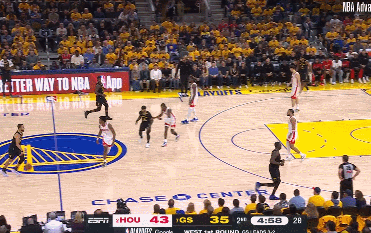
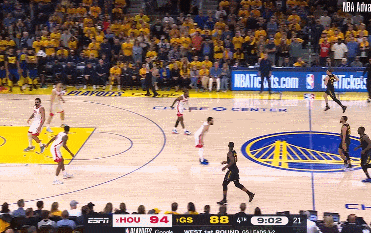
The four-way leader needs to implement high-pressure defense against Curry outside the three-point line. The Rockets can provide a lot of resources, Amen, Van Jordan, Jaylen Green, Ethan and Dillon all face Curry.
If Curry holds the ball into the inside, other players in the four-way team will implement assisted defense and pinch attacks.
Of course, one-eye defense gives Curry's teammates a lot of offensive space, and teammates don't make it in the bet warehouse. G7 also lost to Hilde's three-pointer + Curry's last moment of harvest.
In short, the Rockets used a rich defensive system to pinch the Warriors' offense. But his own offense is really difficult to match. Although he pulled the game to an ugly rhythm that suited him and eventually failed in the G7, the Rockets youngsters have done a good job this season.
Related Posts
- Curry made the wrong choice as a substitute? Hardaway Jr. has diverse offense and is more suitable for the Warriors than Hield.
- 9 people performed well, the two heroes of 2009 "fighted with gods", who was the best player on the 15th?
- Wenban Yama s latest figure! Crazy transformation!
- A flash in the pan! The regret of the first generation of white horse spear!
- European Cup sad and happy night: Four teams qualify for three consecutive victories, and Doncic still finds a victory for 39+9
- Lakers news: James creates another miracle, Doncic polishes his weaknesses, American News suggests Sohawikins
- Very dissatisfied with the progress of the negotiations. The 76ers star in the backcourt may choose to sign a qualification offer?
- Analysis of Yang Hansen s second game performance in the summer league: Pros and cons are revealed
- Harden s 81.5 million details in two years: Keep the full middle class for the Clippers and no maximum salary after leaving the Rockets
- The top 50 players in the NBA s lowest winning rate are & No. 4 pick is shortlisted, the regicide is listed, and the number one declining god is only 20%
Hot Posts
- Curry made the wrong choice as a substitute? Hardaway Jr. has diverse offense and is more suitable for the Warriors than Hield.
- 9 people performed well, the two heroes of 2009 "fighted with gods", who was the best player on the 15th?
- Wenban Yama s latest figure! Crazy transformation!
- A flash in the pan! The regret of the first generation of white horse spear!
Recommend
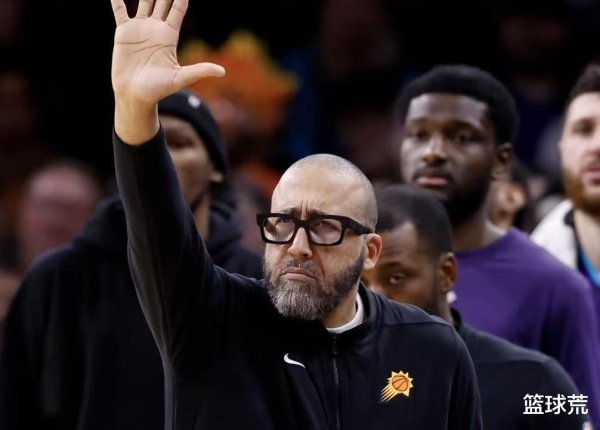
The Suns coach chose 1 in 8! The Mavericks accidentally exchanged the No. 1 pick for the letters, and the Nets selected Yang Hansen in the simulation draft
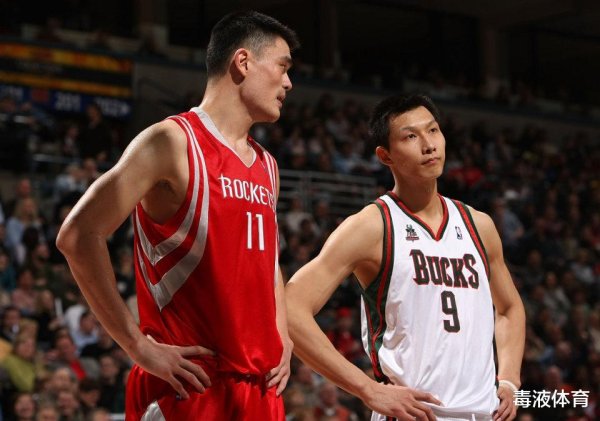
The biggest problem of the Chinese men s basketball team lacks a leading figure. Yang Hansen, who does not consider naturalization, can only hope for the future.
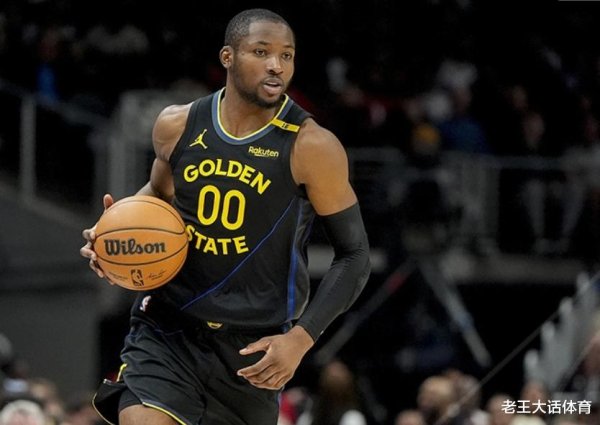
Wolf Brave Series, Kumingga scored 104 points, the team ranked first! The Warriors may provide a quotation of 7.9 million qualifications

Jokic is exhausted? He lost 1 of 4 in the last quarter and made a layup. US media shows his Nuggets crazy loss data after he left the court

Lakers 2K26 ability values are released! James Doncic are all 96, Ayton 83, Smart 79

Last season, Zeng Fanbo averaged 14.6 points and 1.5 blocks per game in the regular season & 40.2% of the three-pointers and improved in the playoffs

Brownie reviews her NBA debut last year: A crazy experience and the tension is really overwhelming!
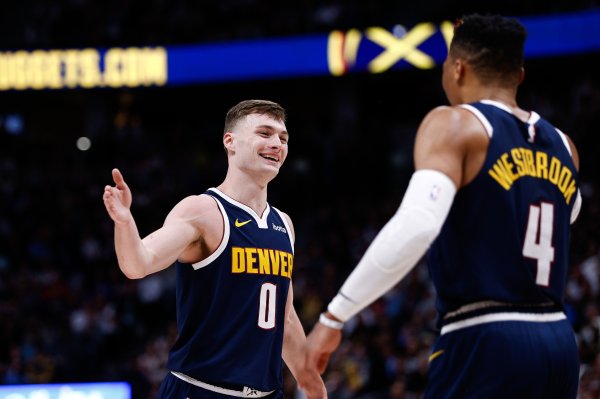
Kenny Smith: The Clippers plan to put Braun and Westbrook open, but both of them throw the ball into the